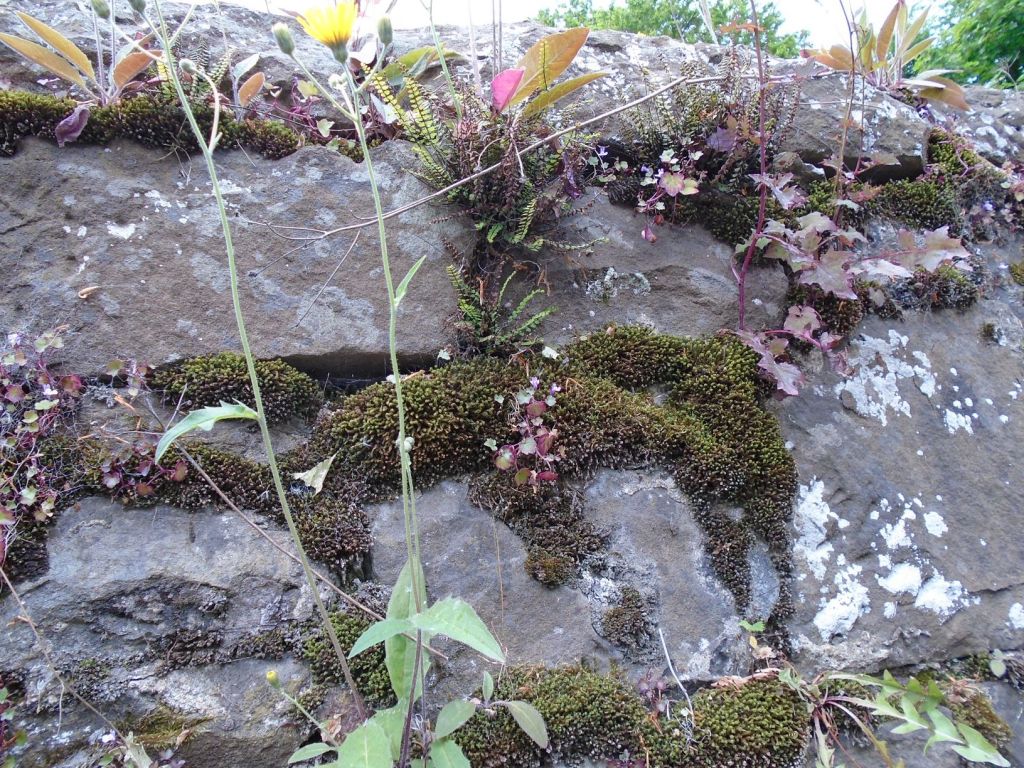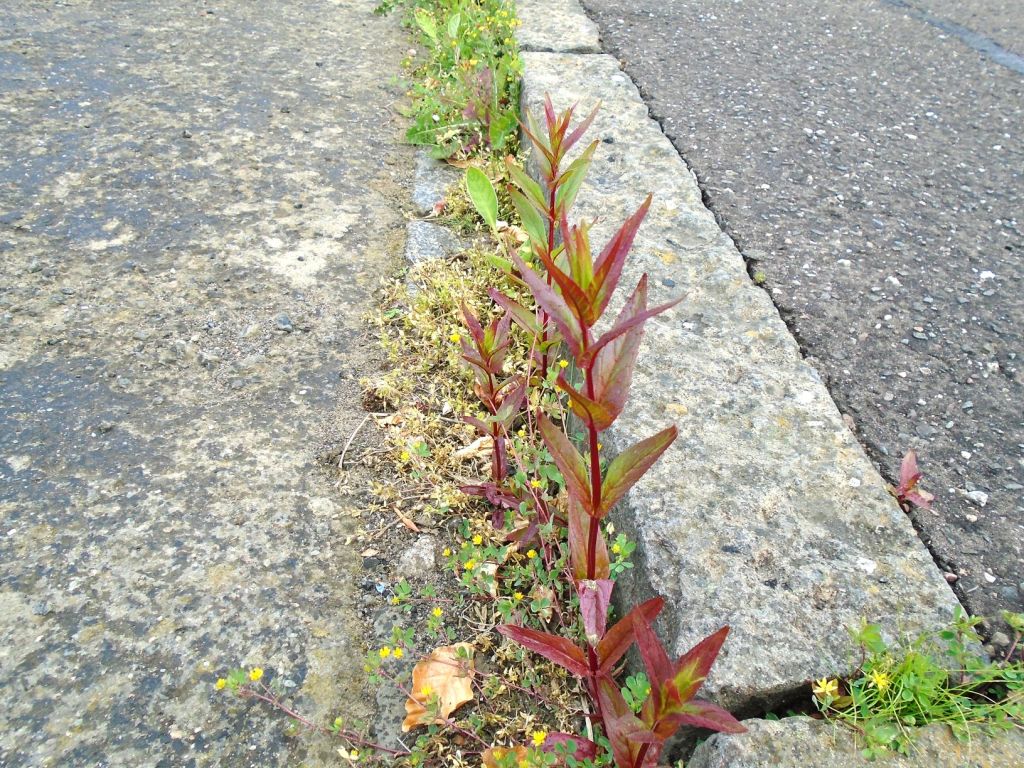Abstract
A survey of all native and naturally occurring vascular plants in 25 streets in Dundee during lockdown in 2020 was made and the results were compared with a similar survey in the same streets in 2001-4. The results are summarised and there is a short discussion.
- I recorded all wild vascular plants growing in the 25 streets nearest my home in the West of Dundee during lockdown in 2020 making 2 visits between April and June.
- I had made a similar survey of the same streets in 2001-4 making 2 visits in spring and summer.
- A total of 90 different species were found in 2001-4 and 89 in 2020
- 30 taxa recorded in 2001-4 were not refound in 2020 with a corresponding number of new finds.
- Poa annua (Annual Meadow Grass) was the commonest in both surveys
- Species showing an increase of 5 or more streets included Anisantha (Bromus) sterilis, (Barren Brome), Arabidopsis thaliana (Thale Cress), Asplenium ruta-muraria (Wall-rue), Cerastium glomeratum, (Sticky Mouse-ear), Mycelis muralis (Wall Lettuce) and Epilobium ciliatum (American Willowherb).
- Decreases of 5 or more streets were recorded for Buddleja davidii (Butterfly-bush), Linaria purpurea (Purple Toadflax), Plantago major (Greater Plantain) and Polygonum aviculare (Knotgrass).


- This survey must be treated with caution as the timing of visits was not identical on the 2 occasions. Also council herbicide use is vigorous although intermittent. The wall habitat is slightly protected from this.
- In summary there was no detected loss of biodiversity, although there was some indication of trends in abundance, broadly in line with national reports.
- Long-term monitoring of urban sites is worthwhile as these places provide unique habitats.
- BSS news No 115 2020 p37-41 and BSS Blog 1/7/2020